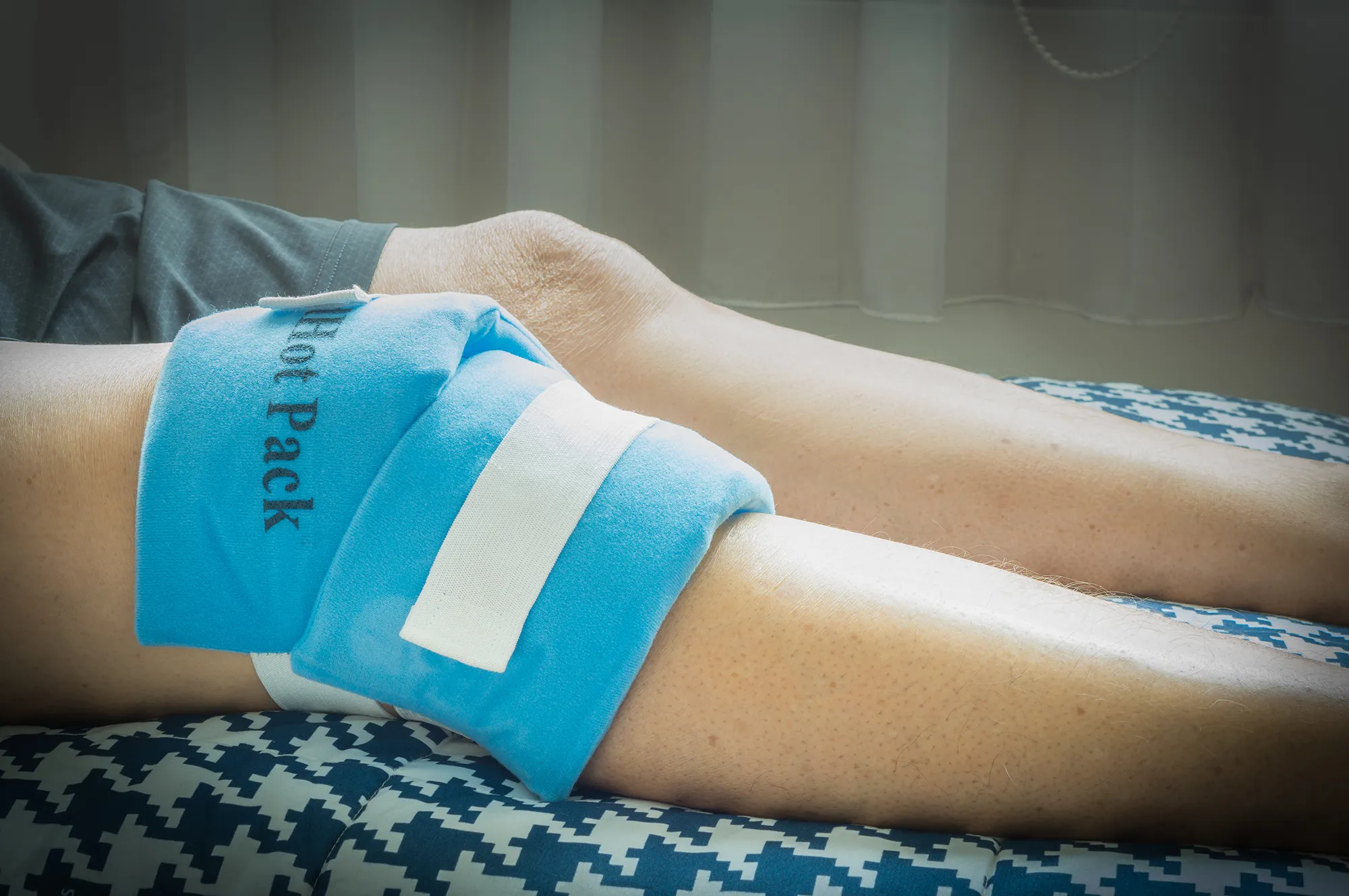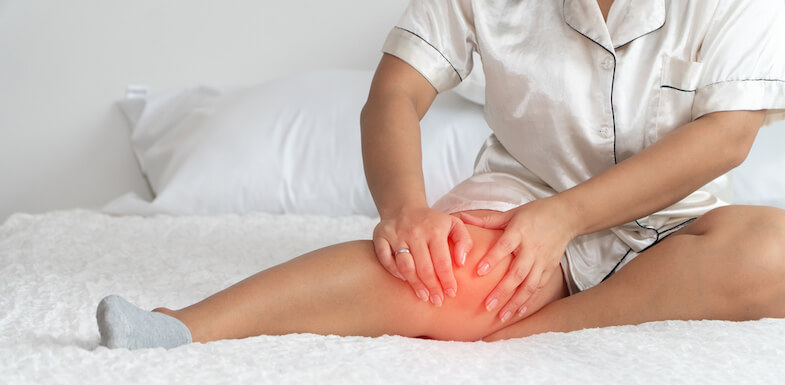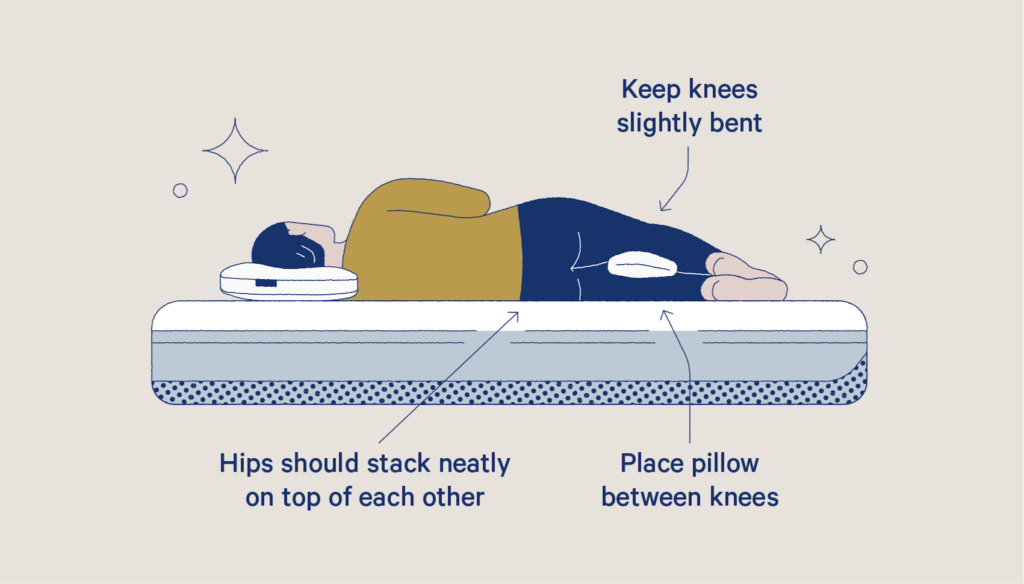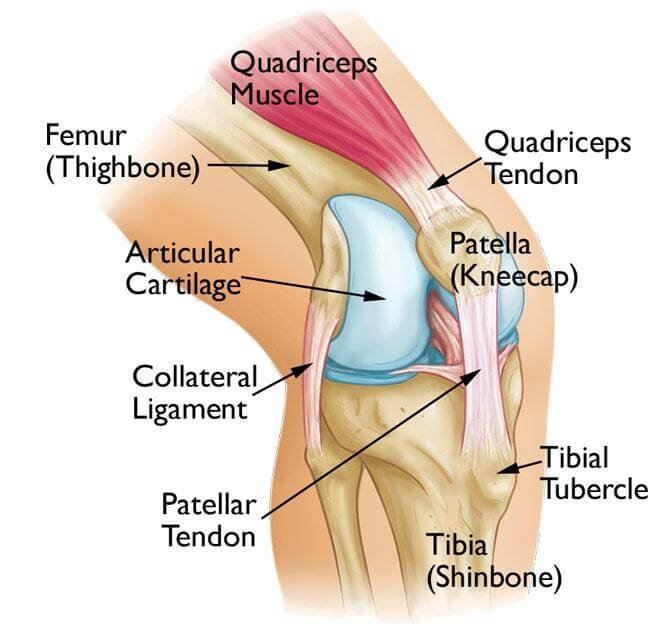Osteoarthritis of the knee, a common degenerative joint condition, can be a source of persistent pain and discomfort, affecting the lives of millions of individuals around the world. It is a condition that often leads those affected to explore various treatment options in the quest for relief and improved quality of life. Among the myriad approaches available for managing osteoarthritis, one question looms large: Is heat beneficial for alleviating the symptoms of knee osteoarthritis? In this article, we delve into the fascinating world of thermotherapy and its impact on this prevalent musculoskeletal ailment.

The use of heat as a therapeutic tool has been a subject of interest for centuries, with historical records indicating its early application for pain relief and healing purposes. From hot stones and herbal compresses to modern heating pads and warm baths, heat therapy has evolved significantly. But in the context of osteoarthritis of the knee, does the application of heat truly offer a viable remedy? To answer this question, we must explore the benefits, potential side effects, and nuances associated with the utilization of heat as a complementary or primary approach to managing this condition.
Our journey through this article will take us into the realms of science, medicine, and personal anecdotes, as we uncover the intricate interplay between heat and knee osteoarthritis. We will examine the physiological mechanisms behind the potential benefits of heat therapy, the safety considerations that should be taken into account, and the personal experiences of individuals who have found solace in the comforting embrace of warmth. So, join us on this exploration as we seek to unravel the question: Is heat good for osteoarthritis of the knee, and what does it mean for those seeking relief from this debilitating condition?
Benefits of Heat Therapy for Osteoarthritis of the Knee:
- Pain Relief: One of the primary benefits of using heat therapy for knee osteoarthritis is its ability to provide pain relief. The application of heat can help to relax the muscles around the affected joint, reduce muscle spasms, and increase blood flow, all of which can contribute to a decrease in pain and discomfort. Heat can also stimulate the body’s natural pain-relief mechanisms, such as the release of endorphins.
- Improved Joint Mobility: Osteoarthritis often leads to stiffness and reduced range of motion in the knee joint. Heat therapy can help improve joint mobility by relaxing the soft tissues around the knee and making it easier to move the joint. This increased mobility can enhance an individual’s ability to perform daily activities and exercise, which is crucial for managing osteoarthritis.
- Decreased Muscle Tension: Osteoarthritis can cause muscles around the knee to tense up as they attempt to protect the joint. Heat therapy can help relax these tense muscles, reducing the strain on the joint and improving overall comfort and mobility.
- Enhanced Blood Circulation: Heat applied to the affected area promotes vasodilation, which is the widening of blood vessels. This increased blood flow can deliver more oxygen and nutrients to the joint and surrounding tissues, helping to facilitate the body’s natural healing processes and reduce inflammation.
- Complementary Therapy: Heat therapy can be used in conjunction with other treatment modalities for osteoarthritis, such as physical therapy, medications, and lifestyle modifications. It can enhance the effectiveness of these treatments and provide an added layer of relief.
- Relaxation and Stress Reduction: Beyond its physical benefits, heat therapy can have a soothing and calming effect on individuals with knee osteoarthritis. The relaxation it induces can help reduce stress and tension, which can indirectly contribute to improved pain management.
- Accessibility and Cost-Effectiveness: Heat therapy can be easily accessed and applied at home, making it a cost-effective and convenient option for individuals with knee osteoarthritis. It does not require expensive equipment or regular clinic visits, which can be particularly beneficial for those seeking non-invasive, self-administered pain relief.
- Customizability: Heat therapy can be tailored to individual preferences, as there are various methods available, including hot packs, heating pads, warm baths, and heated wraps. This allows individuals to choose the method that works best for their specific needs and comfort.
While heat therapy offers these notable benefits for osteoarthritis of the knee, it is essential to consider potential side effects and safety precautions to ensure that it is applied appropriately and effectively in one’s treatment regimen. The next section of this article will explore these side effects and provide guidance on the safe use of heat therapy for knee osteoarthritis.
Side Effects and Considerations of Heat Therapy for Osteoarthritis of the Knee:
While heat therapy can offer several benefits for individuals with knee osteoarthritis, it is essential to be aware of potential side effects and take certain considerations into account when applying heat as a treatment method:
- Skin Sensitivity: Prolonged exposure to excessive heat or direct contact with hot surfaces can cause skin irritation or burns. It is crucial to use temperature-regulated and safe heating methods to prevent skin damage. Always follow the recommended time limits and temperature settings for the chosen heat source.
- Swelling and Inflammation: In some cases, especially when inflammation is acute, applying heat may exacerbate swelling and discomfort. Heat can cause blood vessels to dilate, potentially increasing the accumulation of fluid in the affected area. If you experience increased swelling after applying heat, it may be better to opt for cold therapy instead.
- Nerve Sensitivity: Heat can affect nerve endings, potentially leading to discomfort or a burning sensation. It is essential to monitor the heat application closely, as prolonged exposure or high temperatures can worsen nerve sensitivity and discomfort.
- Overuse: Heat therapy is most effective when used in moderation. Overuse, such as applying heat for extended periods without breaks, may lead to a diminishing of its benefits. It’s essential to follow recommended guidelines for duration and frequency to avoid potential adverse effects.
- Incompatibility with Certain Medical Conditions: Individuals with certain medical conditions, such as vascular disorders or diabetes, may be more susceptible to skin and tissue damage when using heat therapy. Consult with a healthcare professional before using heat therapy, especially if you have any pre-existing medical conditions.
- Allergic Reactions: Some individuals may have allergic reactions to materials used in heating pads or heat wraps. Always check for any allergies to materials or substances used in the chosen heat therapy method to prevent skin irritations or allergic responses.
- Avoidance in Acute Injuries: While heat therapy can be beneficial for chronic conditions like knee osteoarthritis, it is not recommended for acute injuries or conditions with active inflammation. In such cases, cold therapy (ice) is generally more appropriate to reduce swelling and pain.
- Consultation with a Healthcare Provider: Before beginning any new treatment, it is advisable to consult with a healthcare provider, particularly if you have existing medical conditions, are taking medications, or have concerns about the appropriateness of heat therapy for your specific situation. A healthcare professional can provide personalized guidance and recommendations.
In summary, while heat therapy can be a valuable and accessible tool for managing knee osteoarthritis, it is crucial to be mindful of potential side effects and use it judiciously. By following recommended guidelines, monitoring your body’s response, and seeking professional advice when needed, you can maximize the benefits of heat therapy while minimizing the risk of adverse effects.
Tips for Safe and Effective Heat Therapy for Knee Osteoarthritis:
- Choose the Right Heat Source: Select a heat source that suits your preferences and needs, such as a heating pad, warm bath, hot pack, or heated wrap. Make sure it can maintain a controlled and safe temperature.
- Time and Temperature Control: Follow the manufacturer’s instructions for temperature settings and duration of heat application. Typically, 15-20 minutes of heat therapy is recommended, but this can vary depending on the method and your comfort.
- Protect Your Skin: To prevent burns or skin irritation, place a thin cloth or towel between the heat source and your skin. This acts as a barrier while still allowing the heat to penetrate.
- Monitor Skin Reactions: Pay close attention to your skin’s response during and after heat therapy. If you notice any redness, blistering, or increased discomfort, stop the therapy immediately and consult a healthcare provider if necessary.
- Avoid Falling Asleep: While using heat therapy, it’s advisable not to fall asleep, as you may unintentionally prolong the exposure to heat, potentially leading to skin damage.
- Balance Heat and Cold: Combining both heat and cold therapies can sometimes be more effective. Use cold therapy when you experience acute inflammation and heat therapy for chronic pain and stiffness.
Conclusion:
Heat therapy has emerged as a promising and accessible means of managing knee osteoarthritis, offering various benefits such as pain relief, improved joint mobility, and relaxation. However, it is crucial to use heat therapy judiciously and be aware of potential side effects to maximize its advantages and ensure safety.
By understanding the potential benefits, being cautious about side effects, and following the recommended guidelines, individuals with knee osteoarthritis can incorporate heat therapy into their treatment regimen. It is important to consult with a healthcare provider for personalized advice and to ensure that heat therapy complements other treatment methods effectively.
Ultimately, the question of whether heat is good for osteoarthritis of the knee has a positive answer, provided it is used sensibly and in conjunction with a comprehensive approach to managing the condition. Heat therapy can be a soothing and therapeutic addition to the toolkit of those seeking relief from the challenges of knee osteoarthritis, contributing to a more comfortable and active life.
Is this conversation helpful so far?




